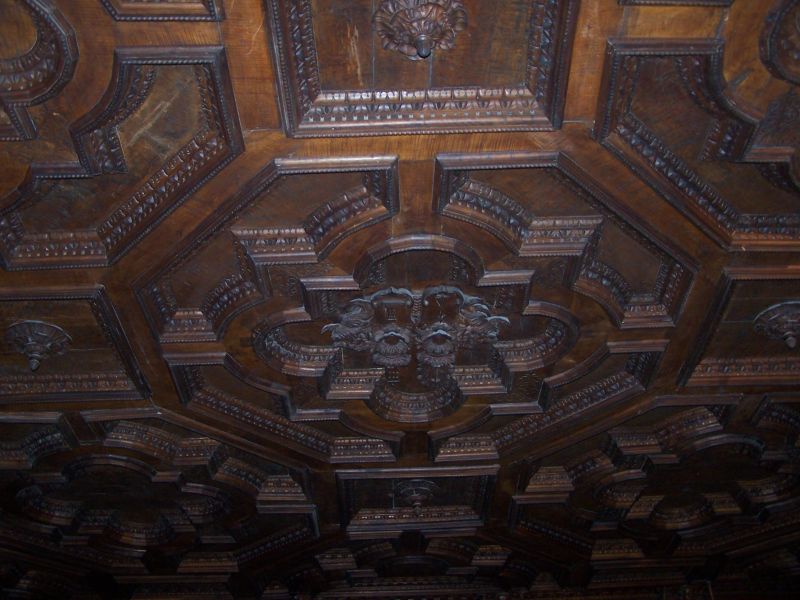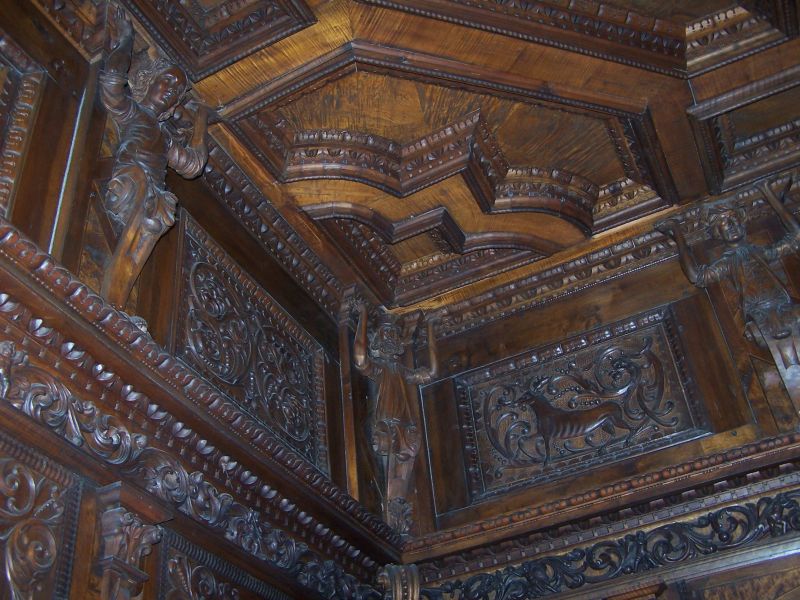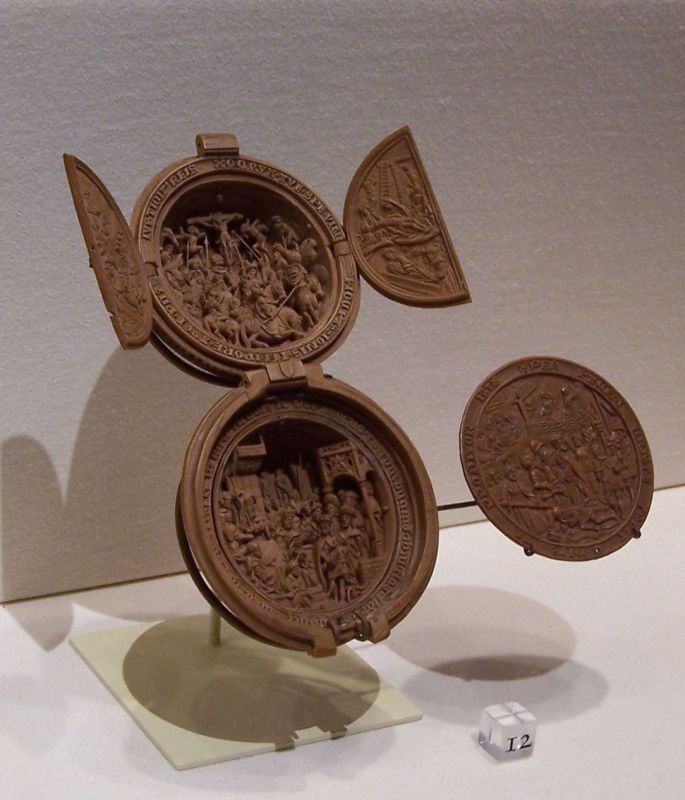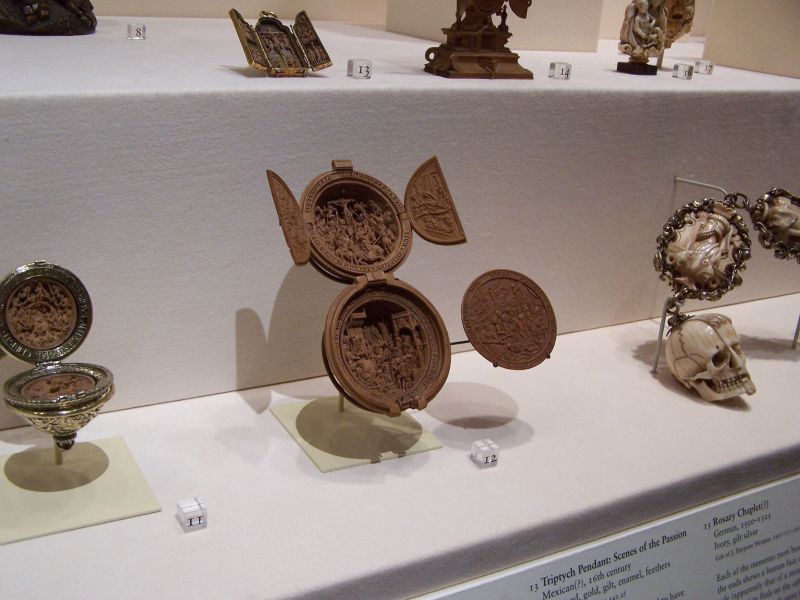Question
At one of the major museums, an hour's drive from our place, they have a display (a small room, maybe 10' x 10'?) containing the reconstructed walls and ceiling treatments of a highly-figured room that must originally have come from a palace, castle, royal estate, whatever (15th, 16th century?).
If you're not a woodworker, you can't possibly understand what this kind of work must have entailed. I wanted you guys to see what must have been a monstrous amount of work and a great deal of time from planning through finish.
I can't imagine what it was like to dedicate yourself to such a project nor how satisfying it must have been when it came together. I'm assuming there are a number of experienced carvers here who would appreciate this better than I. I'm not an art historian so I'll make no attempt to describe what you're seeing. The pictures speak for themselves.


Forum Responses
(Architectural Woodworking Forum)
From contributor D:
That is indeed some fine work. Add in the level of tooling and equipment and the complexity is magnified. They had an abundance of wood, but it was not easily worked, for sure.
My favorite place to visit is the Biltmore Estate in Asheville, NC. The house is fantastic and the level of wood craft is all over the top. More linenfold door panels than anywhere else. I first went there as a child and it knocked me out then. Return visits are just as exciting.
A sidebar is that Gifford Pinchot was the forester of the estate woodlands, and the National Forest Service grew out from that.
These guys were not stupid, however. They knew that nobody could see this small detail from standing way down on the floor and looking up at a dark vaulted ceiling. To me this makes the whole project seem all too familiar and the guys that worked on it my kinsmen.
I guess my point is what you are seeing in the fine detail is probably more the norm than not. It is, however, impressive that they were able to pull off what they did, good, bad or otherwise, with the tools available.
In reference to the work above, though I wouldn't want my entire house to look like that, I still love this very old, very handmade looking relief. Feels like some rare treasure.
And, yes, contributor J - after you pointed out that the curved molding was cut in sections, I did feel like those woodworkers weren't so terribly different from us after all. Very cool. Thanks, guys.
When viewed from below, this ceiling is a mind-numbing mystery (like medieval heaven). Only the Church and State can comprehend such things and intercede in our behalf. No wonder you're not a fan of this sort of design... It is by design, an assault on the mind! Artwork often is.

The space shuttle of the 1400's was the regional Cathedral, pushing the envelope and skills of every person in every trade as it rose from the surrounding town. Once completed, the peasants, who could neither read nor write and lived most of their life ankle deep in crap, could walk up to these glorious structures and see god. Not only was there little or no crap on the floor, but the light was multi-colored, the air smelled good, and heavenly voices also filled the air. Enough to make anybody drop to their knees and beg forgiveness.
The Church and what government there was used this to their advantage to levy taxes, muster armies, and torture and burn offenders, real and perceived. The populace was dumbfounded and slack-jawed, willing to accept whatever version of "too big to fail" they were fed. And architecture made it happen...
